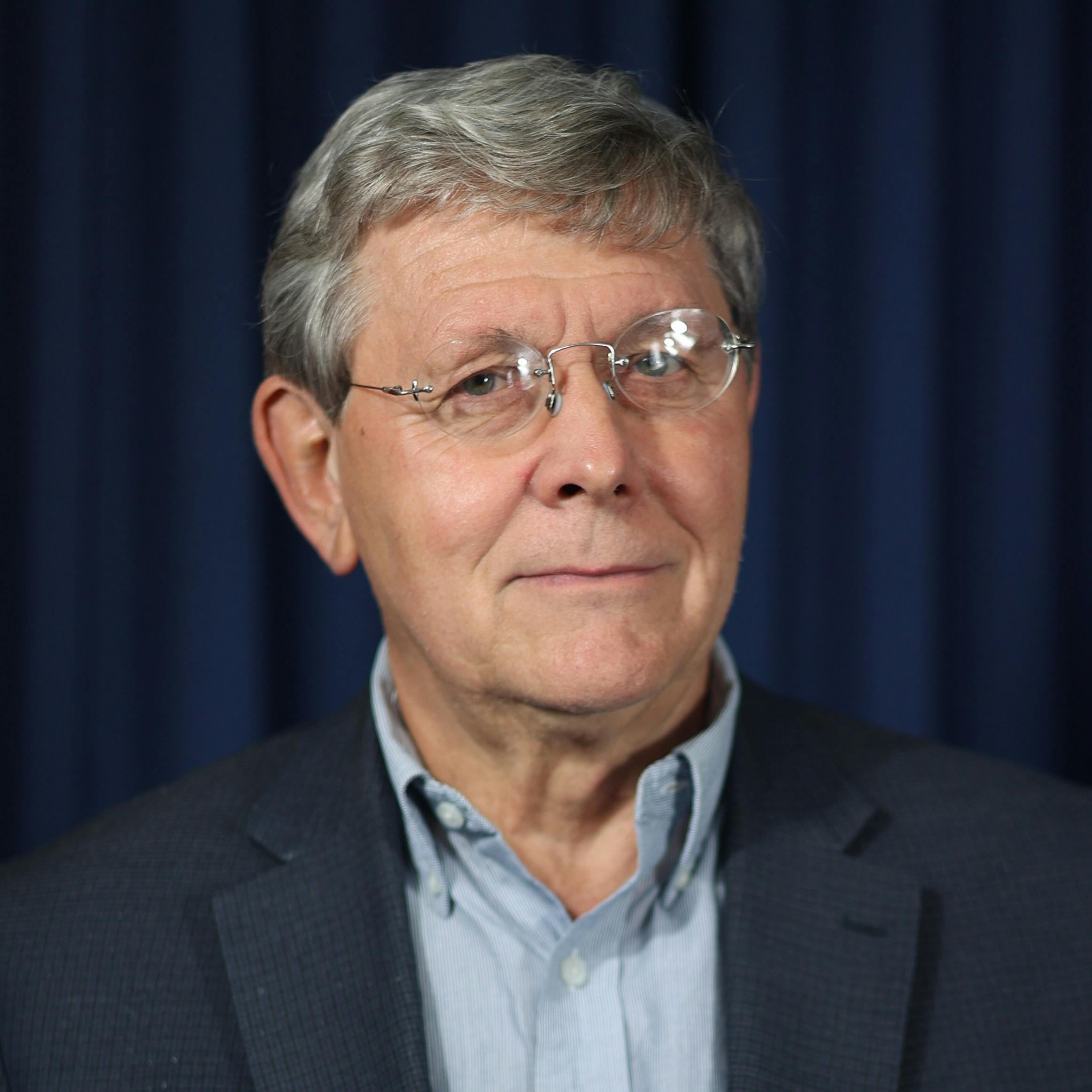Mobility 2050: The Ulster County Transportation Council's Long Range Transportation Plan
The final UCTC Long Range Transportation Plan was approved on September 23, 2025.
Mobility 2050 looks twenty-five years into the future of transportation in Ulster County.
Developing transportation infrastructure is often complicated, expensive, and slow-moving. It can take decades to go from idea to plan to design to completion. By taking a long look forward, we can plan for the future we want.

A Long Range Transportation Plan (LRTP) is a comprehensive transportation planning document. It gets updated every five years by the Ulster County Transportation Council (UCTC). The plan will guide our transportation planning and investment decisions for 25 years.
The plan sets the priorities for our surface (land and sea) transportation systems. It recommends transportation projects aligned with these priorities. And it provides a framework to develop, manage, and operate our transportation systems in a safe and efficient way.

The final UCTC Long Range Transportation Plan was approved on September 23, 2025.
Mobility 2050 looks twenty-five years into the future of transportation in Ulster County.
Developing transportation infrastructure is often complicated, expensive, and slow-moving. It can take decades to go from idea to plan to design to completion. By taking a long look forward, we can plan for the future we want.

A Long Range Transportation Plan (LRTP) is a comprehensive transportation planning document. It gets updated every five years by the Ulster County Transportation Council (UCTC). The plan will guide our transportation planning and investment decisions for 25 years.
The plan sets the priorities for our surface (land and sea) transportation systems. It recommends transportation projects aligned with these priorities. And it provides a framework to develop, manage, and operate our transportation systems in a safe and efficient way.

-
Share How many draft will you be producing? Here's one section that needs editing: Page 112: "ITS has consistently been integrated into recent UCTC-supported projects wherever appropriate, and as technology continues to develop UCTC is committed to pursuing opportunities to leverage the opportunities that become available. For instance, as part of the Broadway Streetscape Project, traffic signals were optimized and coordinated to improve transit and traffic flow from St James Street to Foxhall Avenue. Additionally, NYSDOT has a statewide Signals Laboratory which evaluates emerging signals technology and is available to support NYSDOT regions in rolling out advanced signals technologies as part of statewide deployment." My comment: Bicycles and pedestrians are traffic. Regarding Pedestrians: The traffic signals on Broadway were optimized for vehicular traffic specifically, at the expense of the pedestrians' time - with in inclusion of pedestrian actuated signals (colloquially called Beg Buttons) rather than automatic walk signals for pedestrians when the cars get the light in the same direction. Regarding Bicycles: The traffic signals are timed to get vehicles through many lights if they drive at the speed limit. Cities that are more serious about minimizing VMT time the lights to get bicyclists through multiple intersections, and encourage cars to drive slowly. on Facebook Share How many draft will you be producing? Here's one section that needs editing: Page 112: "ITS has consistently been integrated into recent UCTC-supported projects wherever appropriate, and as technology continues to develop UCTC is committed to pursuing opportunities to leverage the opportunities that become available. For instance, as part of the Broadway Streetscape Project, traffic signals were optimized and coordinated to improve transit and traffic flow from St James Street to Foxhall Avenue. Additionally, NYSDOT has a statewide Signals Laboratory which evaluates emerging signals technology and is available to support NYSDOT regions in rolling out advanced signals technologies as part of statewide deployment." My comment: Bicycles and pedestrians are traffic. Regarding Pedestrians: The traffic signals on Broadway were optimized for vehicular traffic specifically, at the expense of the pedestrians' time - with in inclusion of pedestrian actuated signals (colloquially called Beg Buttons) rather than automatic walk signals for pedestrians when the cars get the light in the same direction. Regarding Bicycles: The traffic signals are timed to get vehicles through many lights if they drive at the speed limit. Cities that are more serious about minimizing VMT time the lights to get bicyclists through multiple intersections, and encourage cars to drive slowly. on Twitter Share How many draft will you be producing? Here's one section that needs editing: Page 112: "ITS has consistently been integrated into recent UCTC-supported projects wherever appropriate, and as technology continues to develop UCTC is committed to pursuing opportunities to leverage the opportunities that become available. For instance, as part of the Broadway Streetscape Project, traffic signals were optimized and coordinated to improve transit and traffic flow from St James Street to Foxhall Avenue. Additionally, NYSDOT has a statewide Signals Laboratory which evaluates emerging signals technology and is available to support NYSDOT regions in rolling out advanced signals technologies as part of statewide deployment." My comment: Bicycles and pedestrians are traffic. Regarding Pedestrians: The traffic signals on Broadway were optimized for vehicular traffic specifically, at the expense of the pedestrians' time - with in inclusion of pedestrian actuated signals (colloquially called Beg Buttons) rather than automatic walk signals for pedestrians when the cars get the light in the same direction. Regarding Bicycles: The traffic signals are timed to get vehicles through many lights if they drive at the speed limit. Cities that are more serious about minimizing VMT time the lights to get bicyclists through multiple intersections, and encourage cars to drive slowly. on Linkedin Email How many draft will you be producing? Here's one section that needs editing: Page 112: "ITS has consistently been integrated into recent UCTC-supported projects wherever appropriate, and as technology continues to develop UCTC is committed to pursuing opportunities to leverage the opportunities that become available. For instance, as part of the Broadway Streetscape Project, traffic signals were optimized and coordinated to improve transit and traffic flow from St James Street to Foxhall Avenue. Additionally, NYSDOT has a statewide Signals Laboratory which evaluates emerging signals technology and is available to support NYSDOT regions in rolling out advanced signals technologies as part of statewide deployment." My comment: Bicycles and pedestrians are traffic. Regarding Pedestrians: The traffic signals on Broadway were optimized for vehicular traffic specifically, at the expense of the pedestrians' time - with in inclusion of pedestrian actuated signals (colloquially called Beg Buttons) rather than automatic walk signals for pedestrians when the cars get the light in the same direction. Regarding Bicycles: The traffic signals are timed to get vehicles through many lights if they drive at the speed limit. Cities that are more serious about minimizing VMT time the lights to get bicyclists through multiple intersections, and encourage cars to drive slowly. link
How many draft will you be producing? Here's one section that needs editing: Page 112: "ITS has consistently been integrated into recent UCTC-supported projects wherever appropriate, and as technology continues to develop UCTC is committed to pursuing opportunities to leverage the opportunities that become available. For instance, as part of the Broadway Streetscape Project, traffic signals were optimized and coordinated to improve transit and traffic flow from St James Street to Foxhall Avenue. Additionally, NYSDOT has a statewide Signals Laboratory which evaluates emerging signals technology and is available to support NYSDOT regions in rolling out advanced signals technologies as part of statewide deployment." My comment: Bicycles and pedestrians are traffic. Regarding Pedestrians: The traffic signals on Broadway were optimized for vehicular traffic specifically, at the expense of the pedestrians' time - with in inclusion of pedestrian actuated signals (colloquially called Beg Buttons) rather than automatic walk signals for pedestrians when the cars get the light in the same direction. Regarding Bicycles: The traffic signals are timed to get vehicles through many lights if they drive at the speed limit. Cities that are more serious about minimizing VMT time the lights to get bicyclists through multiple intersections, and encourage cars to drive slowly.
Tanya G asked 4 months agoThank you for your comment.
The Draft 2050 LRTP seeks to balance infrastructure investment decisions among all modes of travel. The UCTC LRTP supports exploring new technologies that can improve mobility among all users, as well as implementing traffic calming and enforcement measures in communities and neighborhoods to increase safety.
Comments on the Draft UCTC LRTP will be accepted through 9/5/25 and, where necessary, incorporated into the final draft for Policy Committee review and approval on 9/23/25.
-
Share Will the buses still be free? IT's a lot easier not to need to give change. on Facebook Share Will the buses still be free? IT's a lot easier not to need to give change. on Twitter Share Will the buses still be free? IT's a lot easier not to need to give change. on Linkedin Email Will the buses still be free? IT's a lot easier not to need to give change. link
Will the buses still be free? IT's a lot easier not to need to give change.
Pam Krimsky asked 6 months agoFare policy is determined by UCAT, the Ulster County Legislature and the Ulster County Executive. UCTC has no plans to recommend changes to the current fare-free policy.
Lifecycle
-
Public Engagement
Mobility 2050: The Ulster County Transportation Council's Long Range Transportation Plan has finished this stageWe invite the public to be directly engaged throughout this project. Please take our LRTP Survey and share with your friends, coworkers, and anyone who travels in Ulster County. This brief survey will ask for your general thoughts on all elements of Ulster County's surface transportation system and how it can be improved.
The Survey will remain open through June 2025. We will also be meeting with the public through focused stakeholder group meetings and during scheduled pop-up events. You may also refer to our Public Engagement Plan document.
-
Data Points
Mobility 2050: The Ulster County Transportation Council's Long Range Transportation Plan has finished this stageThe Long Range Transportation Plan is a foundational document that guides the UCTC's investment decisions. The document includes a wide range of detailed transportation, economic, demographic, and other data points to help illustrate the current state of transportation in Ulster County and the Mid Hudson Valley.
The development of this document is presently underway and will be managed by project consultants, UCTC staff, and the UCTC Technical Committee. Staff will provide the Technical Committee with updates at key intervals.
Check out the UCTC Meeting Calendar for agendas and updates.
-
Draft and Final Long Range Transportation Plan
Mobility 2050: The Ulster County Transportation Council's Long Range Transportation Plan is currently at this stageThe Year 2050 Long Range Transportation Plan was approved by the UCTC Policy Committee on September 23, 2025.
-
Interactive Website
this is an upcoming stage for Mobility 2050: The Ulster County Transportation Council's Long Range Transportation PlanThe final approved Long Range Transportation Plan will be transformed into an interactive website that will allow the public to review and download key data points from the plan.
Who's Listening
-
Director, Planning Department

-



Thank you for your contribution!
Help us reach out to more people in the community
Share this with family and friends